play football like the pros
learn the seven skills you need to become a football star
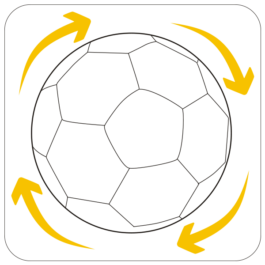
Test 1 - Consistent circumference
The circumference of the ball is measured at ten different points and the average calculated.
FIFA INSPECTED 68 - 70 cm
FIFA APPROVED 68.5 - 69.5 cm

Dribbling
For players to dribble successfully, they need a ball that responds to the slightest touch and rolls in regular way. A football needs to have consistent circumference for players to be able to keep it under control when dribbling.
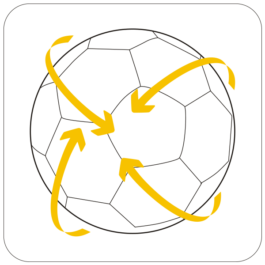
Test 2 - Permanent roundness
The diameter of the ball is measured in 16 different places and the average calculated. The difference between the highest and the lowest diameter must be within strict limits.
FIFA INSPECTED 2%
FIFA APPROVED 68.5 - 1.5%

Curling the ball
By using the inside of the foot, players can impart spin on the ball to make it curl through the air. However, the ball will only bend in a smooth arc if it is perfectly round.

Test 3 - Uniform rebound
The ball is dropped ten times onto a streel plate from a height of two meters. The difference between the highest and lowest bounce must be no more then 10 cm.
FIFA INSPECTED 125 - 155 cm
FIFA APPROVED 135 - 155 cm

Trapping the ball
Players need to be able to anticipate how the ball will respond in order to control a pass using their chest, thigh or foot

Test 4 - Minimal water absorption
The ball is turned and squeezed 250 times in a tank containing 2 cm of water. It must not absorb more water then adds a certain percentage to its original weight.
FIFA INSPECTED 15%
FIFA APPROVED 20%
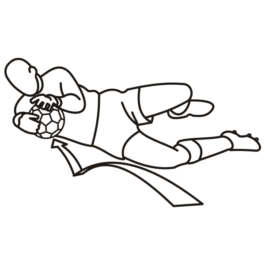
Holding a greasy ball
A slippery Ball behaves quite differently from a dry one. It files through the air more slowly, has a low bounce and is difficult to curl.
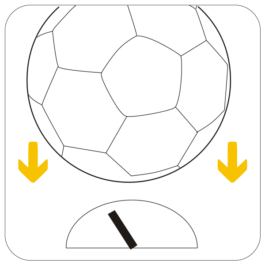
Test 5 - Perfect weight
The ball is weighed in a sealed cabinet to ensure that it is perfect weight.
FIFA INSPECTED 410 - 450 g
FIFA APPROVED 420 - 445 g
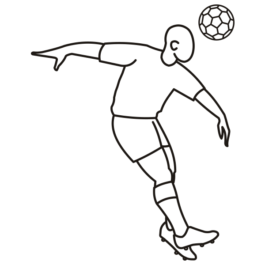
Heading the ball
Powerful heading requires a strong neck and shoulder and a good eye for the right angle. if the ball is too heavy or too light. It may move unexpectedly in fight.
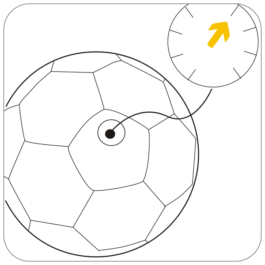
Test 6 - Minimal pressure loss
The ball inflated fully and three days later it's air pressure is measured. it must not have lost more then a specific percentage of it's air.
FIFA INSPECTED 25%
FIFA APPROVED 20%
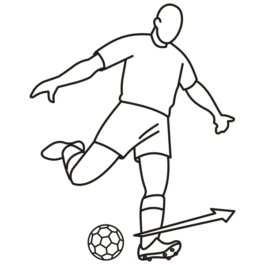
The long pass
If the ball air during the game, it will be difficult to predict and may not respond consistently, making long passes and deep Crosses almost impossible.

Test 7 - Shape and size retention
The ball is fired against a steel plate 2,000 times at 50 km per hour. The air valve and stitching must remain undamaged and only minimal loss of air pressure and changes in circumference and roundness are permitted.
The test only applies for the FIFA APPROVED hallmark.

The power shot
Strikers are always trying to get their full force behind shots to fire the ball towards goal at top speed. It is essential that the ball does not deviate from its regulation dimensions.
